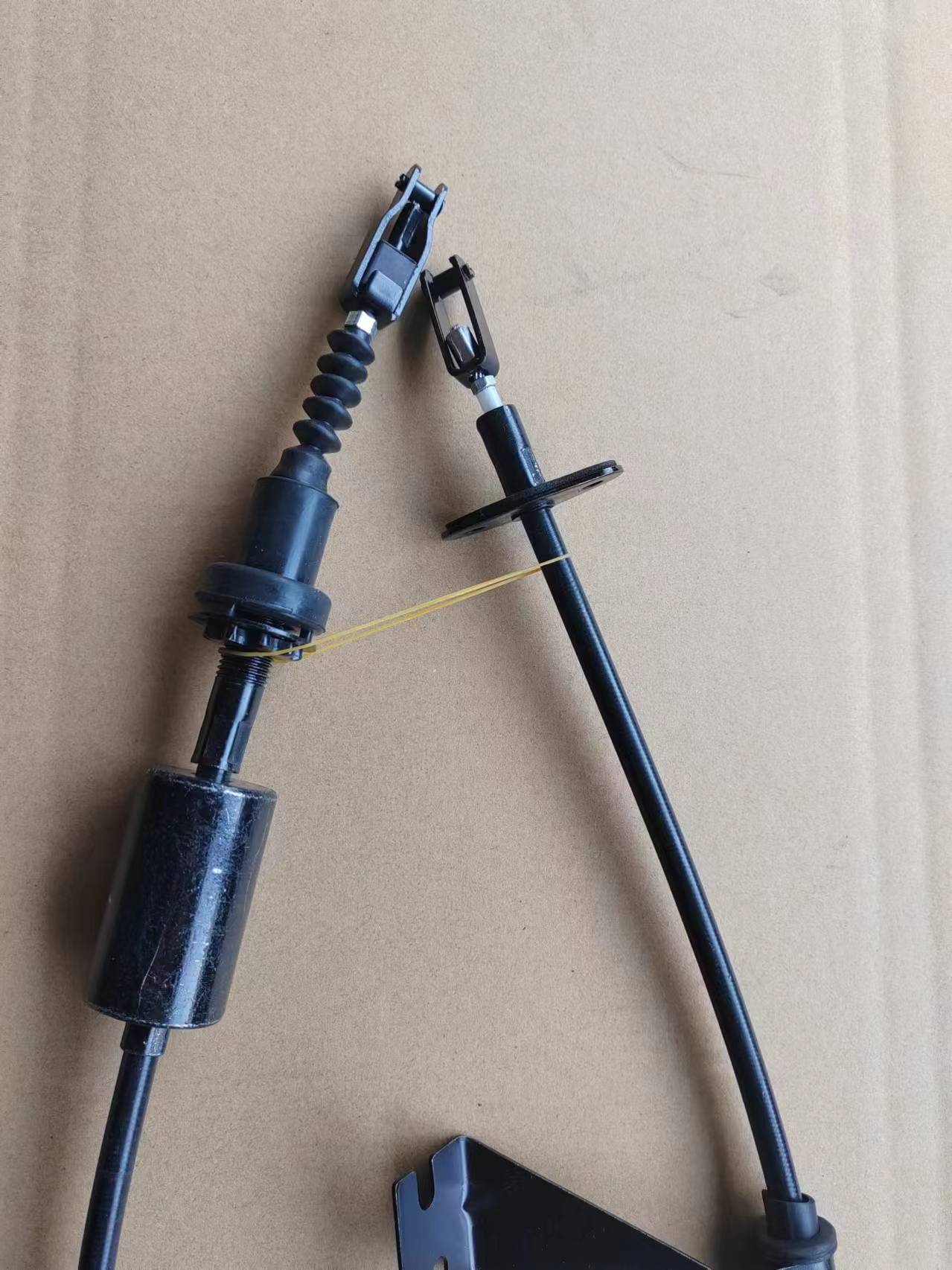cable assy clutch
Understanding Cable Assembly for Clutch Systems
In the realm of automotive engineering, the efficiency and reliability of a vehicle's clutch system are crucial for delivering optimal performance. One essential component of this system is the cable assembly, commonly known as “cable assy clutch.” The importance of this assembly cannot be overstated, as it plays a pivotal role in facilitating the smooth operation of manual transmission vehicles.
What is a Cable Assembly for Clutch?
A cable assembly for clutch comprises a series of cables and connectors that facilitate the engagement and disengagement of the clutch mechanism. When the driver depresses the clutch pedal, this action is transmitted through the cable assembly to the clutch fork, which either separates the engine from the transmission or allows them to engage, depending on the pedal position. This mechanical link is vital in transitioning power from the engine to the wheels, enabling the vehicle to shift gears smoothly.
Design and Construction
The design of a cable assembly for clutch systems is characterized by its robust nature, as it must endure significant mechanical stress and various environmental conditions. Typically, the assembly consists of several critical components
1. Inner Cable This wire is housed within an outer casing and is responsible for transmitting force when the clutch pedal is pressed. 2. Outer Casing This protective sheath keeps the inner cable secure while preventing dirt and moisture from compromising functionality. 3. End Fittings These connect the cable to the clutch pedal and the clutch fork, ensuring a secure attachment while allowing for necessary movement. 4. Adjusters Many cable assemblies include adjusters, which allow for fine-tuning of the cable tension to ensure optimal performance and prevent premature wear.
cable assy clutch

Advantages of Cable Systems
One of the most significant advantages of using a cable assembly for clutch operation is its simplicity and lightweight design. Compared to hydraulic clutch systems, cable actuated systems are generally easier to install and maintain. They are also less prone to leaks, as there are no hydraulic fluids involved. Additionally, they provide immediate feedback to the driver, which enhances the overall driving experience by allowing for precise control over gear shifts.
Maintenance and Troubleshooting
While cable assemblies are designed for durability, they can still experience wear over time. Regular inspection and maintenance are essential to ensure their longevity. Common issues include fraying of the inner cable, corrosion of fittings, and stiffness due to dirt build-up in the casing. Drivers should pay attention to any changes in the clutch feel, such as increased resistance or a spongy pedal, as these may indicate that the cable assembly needs to be replaced or adjusted.
Conclusion
In summary, the cable assembly for clutch systems is a critical component that directly influences a vehicle's performance and driver experience. Understanding its function, maintenance, and advantages can help vehicle owners appreciate its role in ensuring smooth gear transitions. As automakers continue to evolve their design philosophies, innovations may lead to new advancements in cable systems, enhancing their performance and reliability even further. Whether you're a car enthusiast or a casual driver, recognizing the significance of the cable assembly in your vehicle can deepen your appreciation for automotive engineering and design.
-
Upgrade Your Vehicle with High-Quality Handbrake CablesNewsNov.01,2024
-
Optimize Your Bike's Performance with Quality CablesNewsNov.01,2024
-
Enhance Your Vehicle's Performance with Quality Clutch ComponentsNewsNov.01,2024
-
Elevate Your Vehicle's Performance with Quality Throttle CablesNewsNov.01,2024
-
Elevate Your Vehicle's Performance with Quality CablesNewsNov.01,2024
-
Affordable Solutions for Your Cable NeedsNewsNov.01,2024
